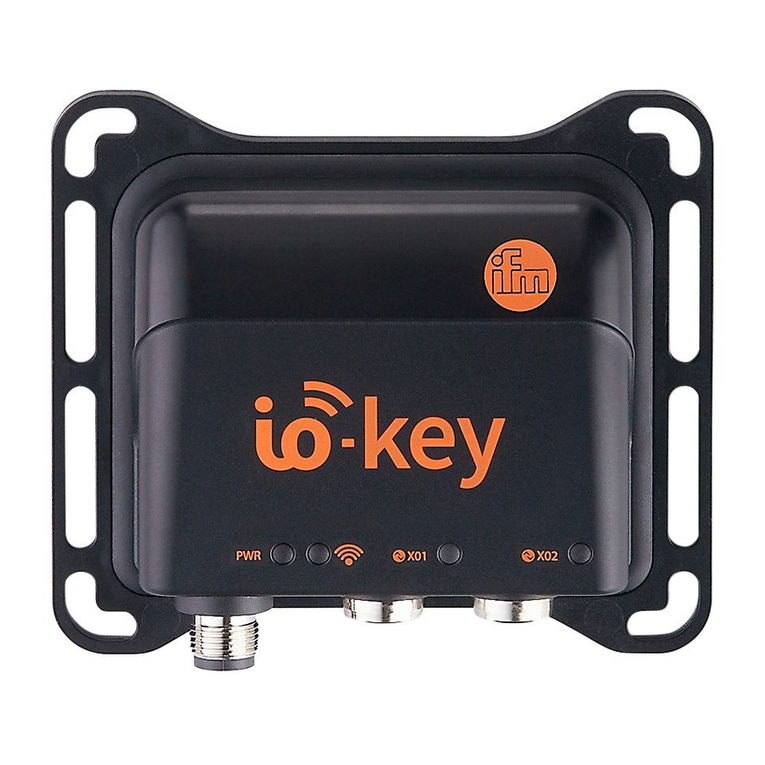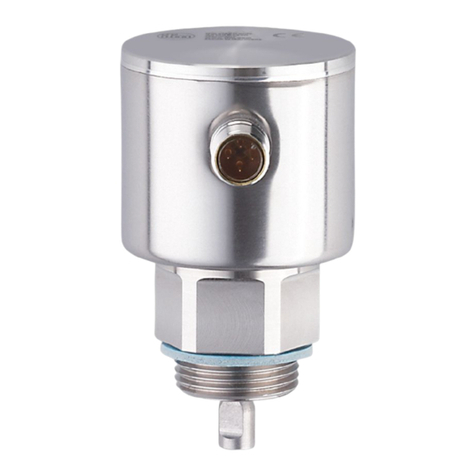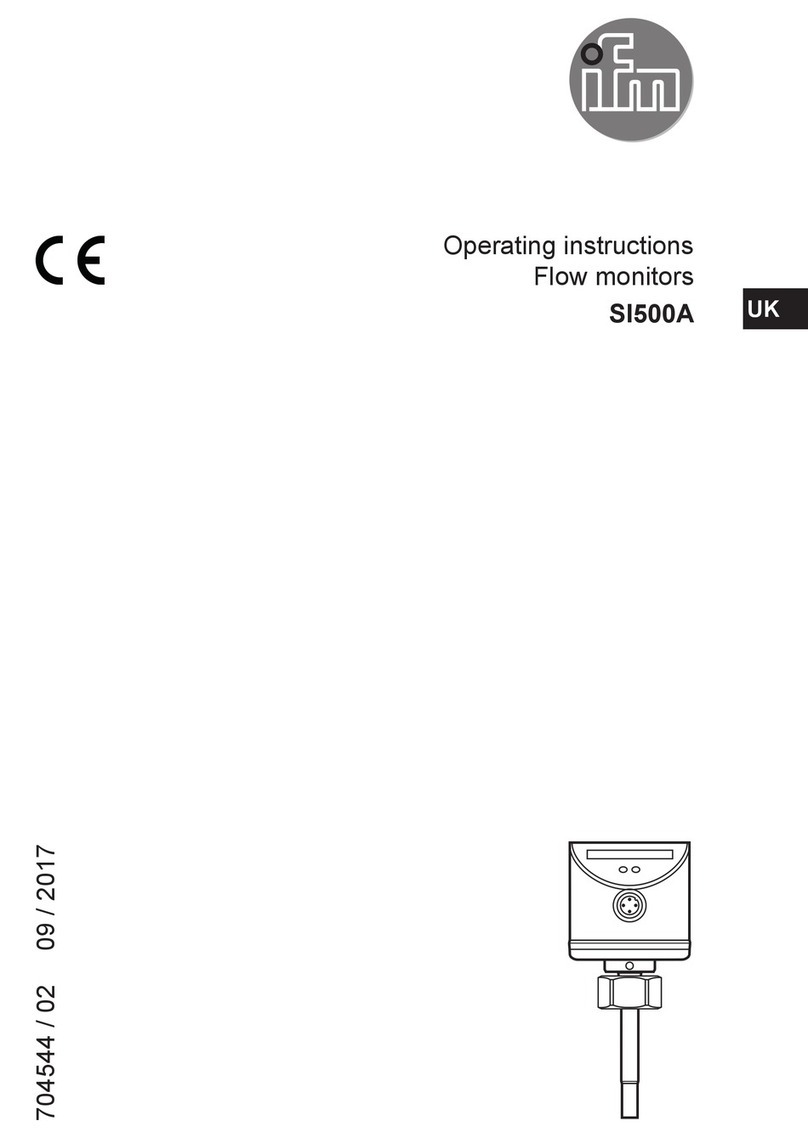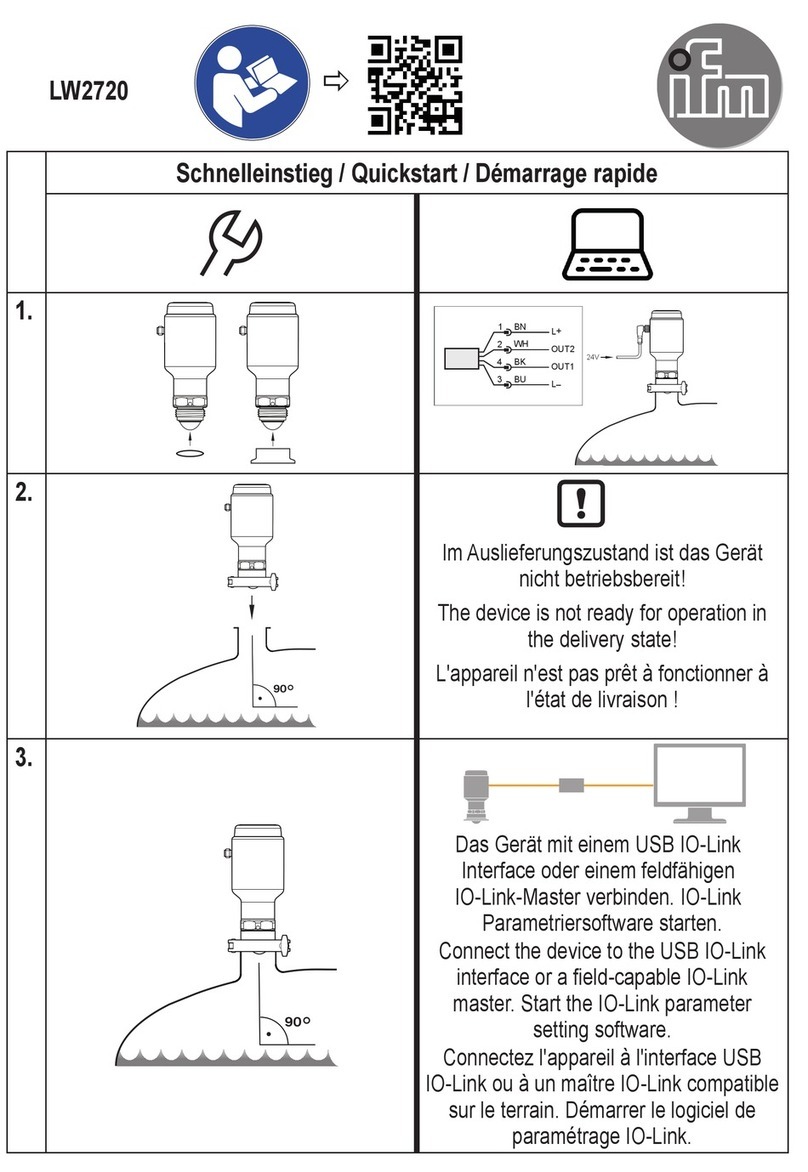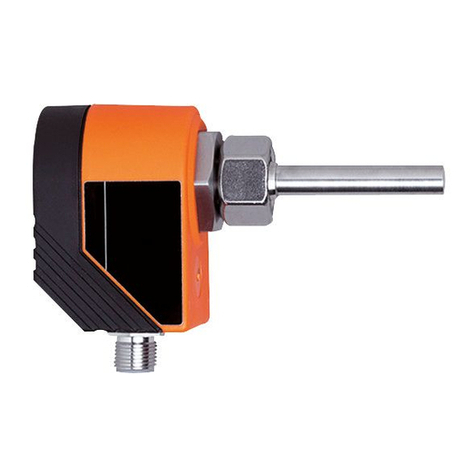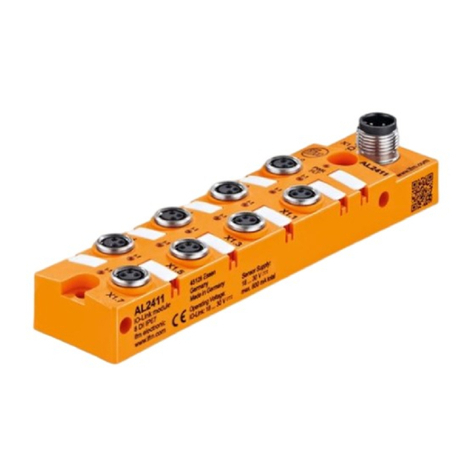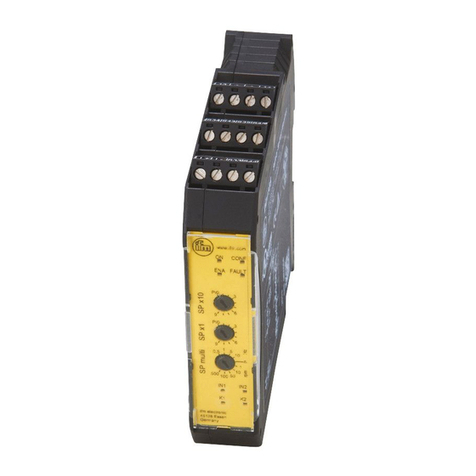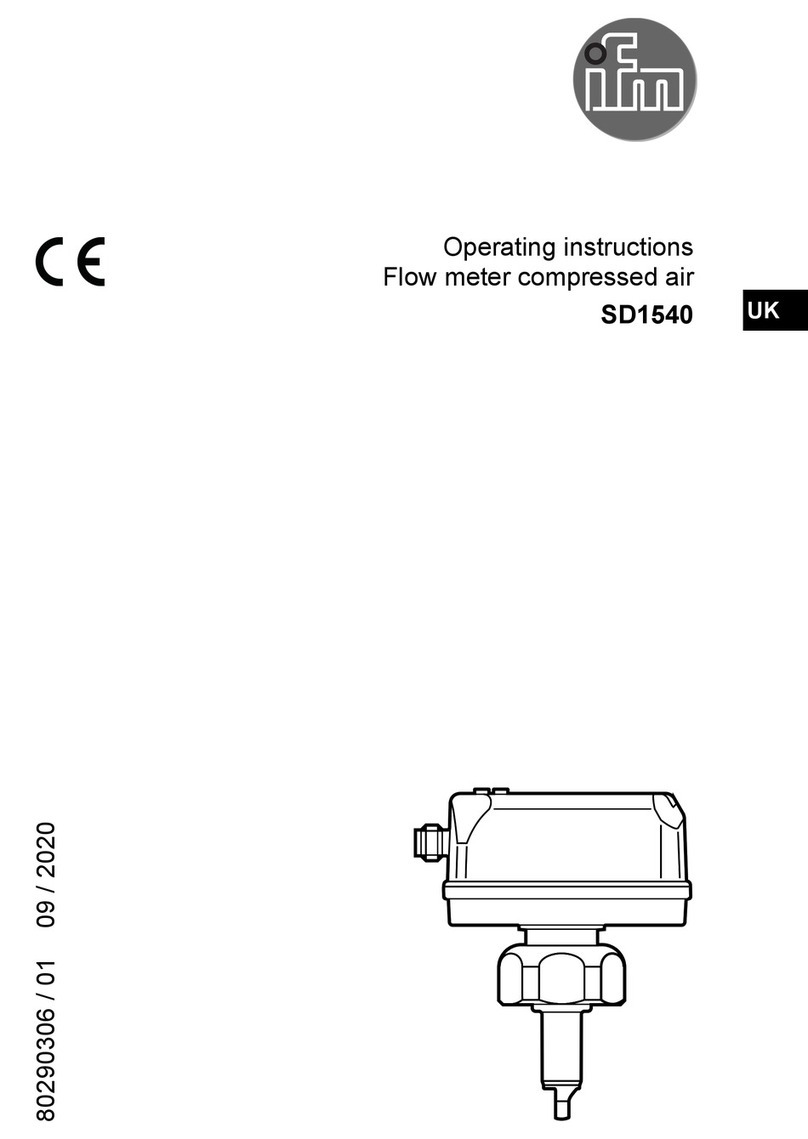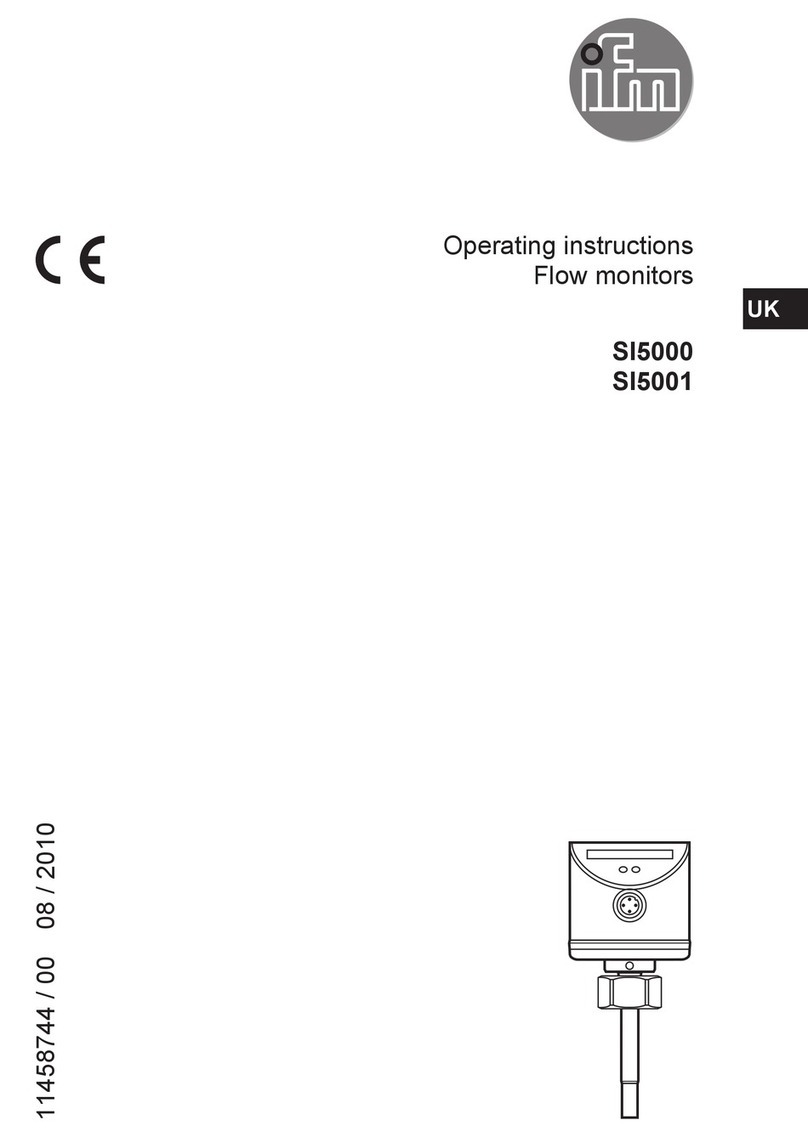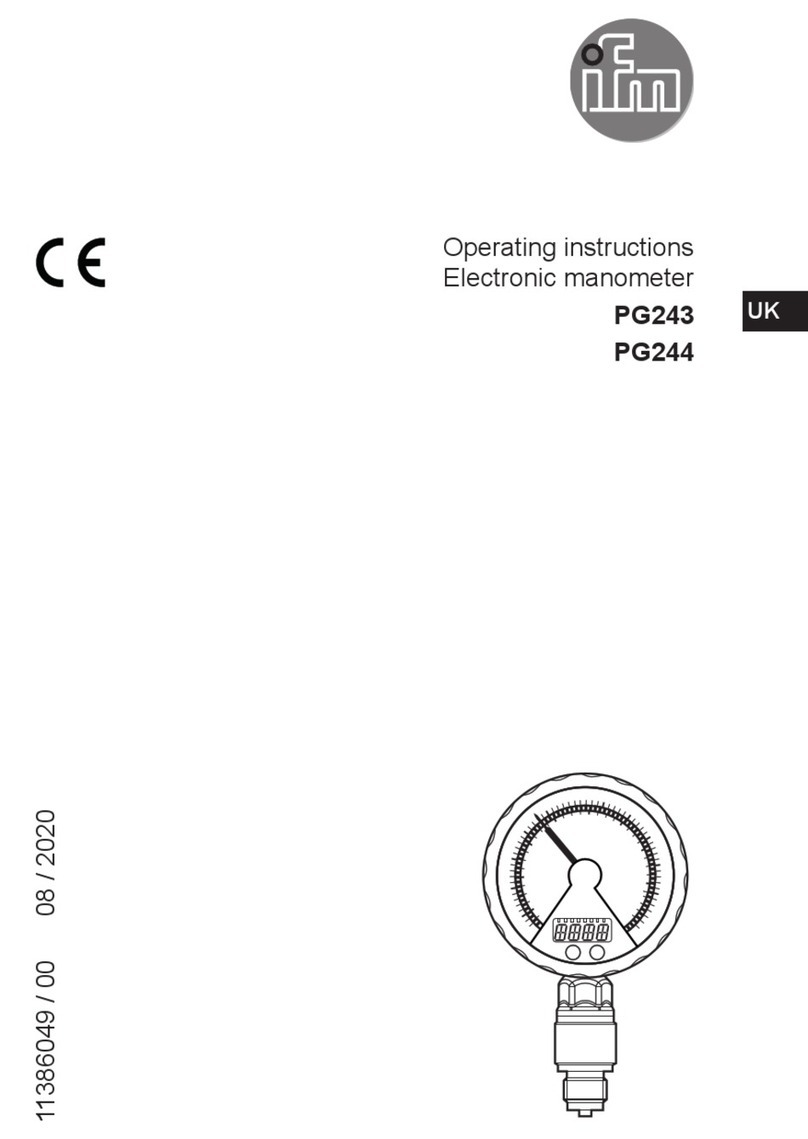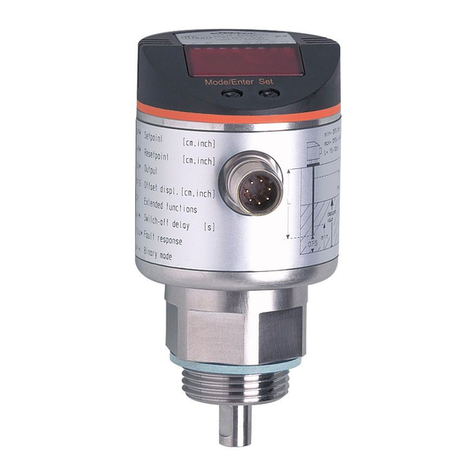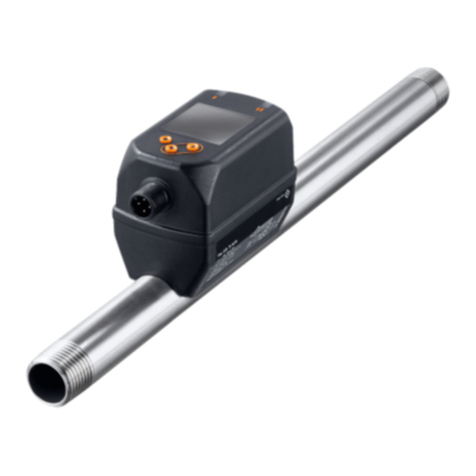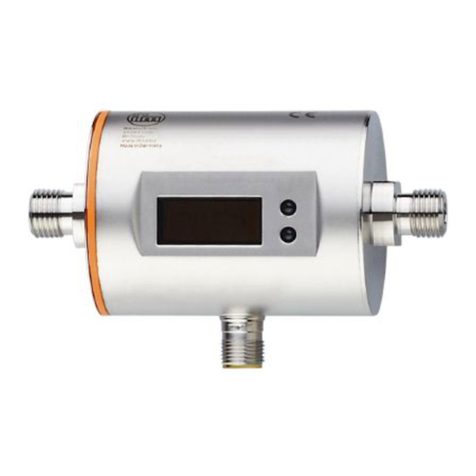
2
Contents
1 Preliminary note���������������������������������������������������������������������������������������������������3
1�1 Symbols used ������������������������������������������������������������������������������������������������3
2 Safety instructions �����������������������������������������������������������������������������������������������3
3 Functions and features ����������������������������������������������������������������������������������������4
3�1 Application area ��������������������������������������������������������������������������������������������4
3�2 Operating principle flow monitoring ���������������������������������������������������������������4
4 Installation������������������������������������������������������������������������������������������������������������5
4�1 Installation location ���������������������������������������������������������������������������������������5
4�2 Interference in the pipe system ���������������������������������������������������������������������6
4�3 Installation procedure ������������������������������������������������������������������������������������6
4�3�1 Installation using an adapter with sealing ring (hygiene-compliant) ����6
4�3�2 Installation using a welding adapter with sealing ring (hygiene-
compliant)�������������������������������������������������������������������������������������������������������7
4�3�3 Installation using a process adapter with metal-to-metal seal ��������������7
4�3�4 Installation to G 1 flange�����������������������������������������������������������������������7
4�4 Use in hygienic areas to 3-A��������������������������������������������������������������������������8
4�5 Use in hygienic areas to EHEDG ������������������������������������������������������������������8
5 Electrical connection��������������������������������������������������������������������������������������������9
6 Operating and display elements ������������������������������������������������������������������������10
7 Set-up and settings for water�����������������������������������������������������������������������������10
7�1 Change the switch point (optional) �������������������������������������������������������������� 11
7�2 High-flow adjustment (optional) ������������������������������������������������������������������� 11
8 Additional settings (optional) ����������������������������������������������������������������������������� 11
8�1 Low-flow adjustment������������������������������������������������������������������������������������ 11
8�2 Configure the switching output ��������������������������������������������������������������������12
8�3 Restore the factory setting (reset) ���������������������������������������������������������������12
8�4 Lock / unlock the unit�����������������������������������������������������������������������������������12
9 Error during adjustment �������������������������������������������������������������������������������������13
10 Operation���������������������������������������������������������������������������������������������������������14
11 Maintenance ����������������������������������������������������������������������������������������������������14













